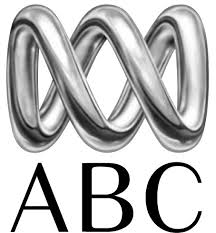Emily Kngwarreye

Few contemporary artists have so captured the public’s imagination as the late Emily Kame Kngwarreye (sometimes spelled Emily Kam Ngwarray). Born in about 1910 at Alhalkere near Utopia in Central Australia, Emily Kngwarreye first saw white people at the age of about nine. She worked as a stock hand on pastoral properties at a time when Aboriginal women were usually only employed as domestics on the stations and was a respected Eastern Anmatyerre senior Law woman. It is a testament to Emily’s extraordinary spirit and character that in the eight years before her death in 1996, she painted a remarkable 3000 paintings on canvas with an undiminished energy that belied her years. In a meteoric rise to fame she came to be internationally acclaimed as Australia’s most eminent female artist
In the history of contemporary Aboriginal art, the work of Emily Kngwarreye proved to be of profound significance. Kngwarreye started making art around the mid to late 1980s, her work has had a lasting impact on Australian art.

















